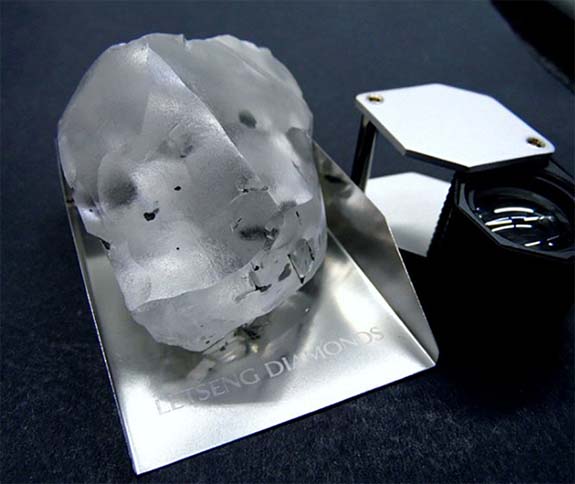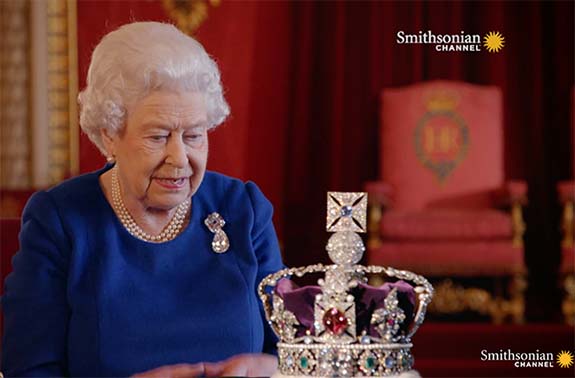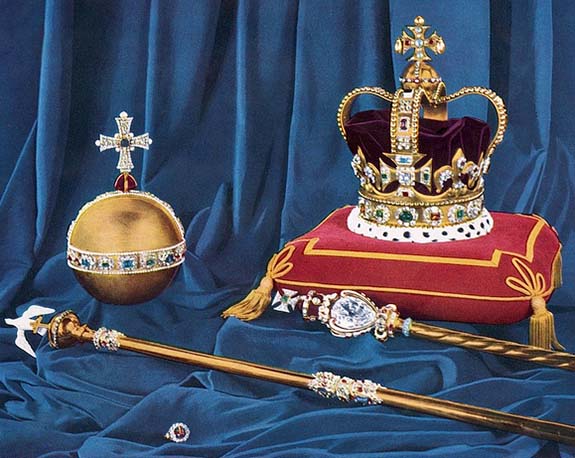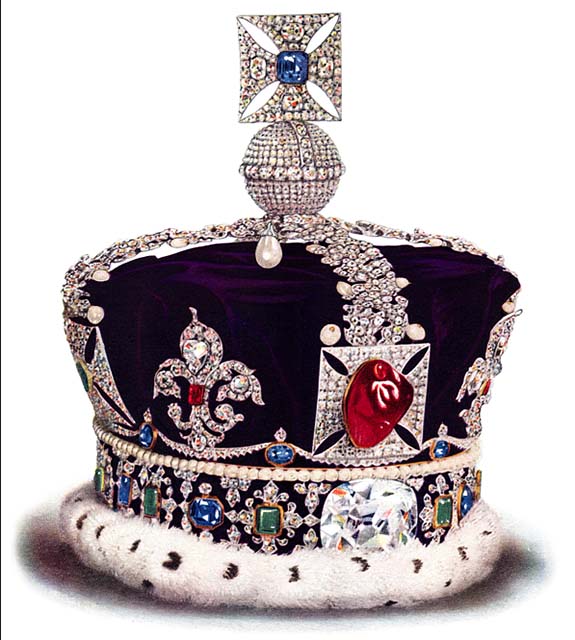Welcome to Music Friday when we bring you classic songs with jewelry, gemstones or precious metals in the lyrics or title. Today, we tell the story of how Dame Shirley Bassey nearly passed out while holding the climactic final note to "Goldfinger," the title song of the 1964 James Bond thriller.

Often cited as the best film of the Bond franchise, Goldfinger borrows its name from Auric Goldfinger, a movie villain with a penchant for gilding his victims. In the theme song, which was used for the opening and closing credits, Bassey describes the man with the Midas touch.
She sings, "Golden words he will pour in your ear / But his lies can't disguise what you fear / For a golden girl knows when he's kissed her / It's the kiss of death from / Mister Goldfinger / Pretty girl beware of this heart of gold / This heart is cold."
Written by John Barry, Leslie Bricuss and Anthony Newley, "Goldfinger" presented a challenging recording session for the then-27-year-old Bassey. Repeated takes due to musicians' or technical issues forced the session to extend throughout the night. Bassey remembered how composer Barry demanded that the dramatic final note of the song be held for an extended count — seven seconds to be exact.
"I was holding it and holding it," Bassey said. "I was looking at John Barry and I was going blue in the face, and he's going, 'Hold it just one more second.' When it finished, I nearly passed out."
"Goldfinger" was an instant global phenomenon — at the record stores and on the big screen. The single netted Bassey her only Top-10 hit on the U.S. Billboard Hot 100. The song peaked at #8 and charted in seven countries. The movie had a production budget of $3 million and grossed $125 million at the box office.
Bassey's remarkable rendition of "Goldfinger" has stood the test of time. In 2008, the single was inducted into the Grammy Hall of Fame, and in 2013, a 76-year-old Bassey was asked to perform the song during the 2013 Academy Awards as part of a tribute to the James Bond franchise's 50th anniversary.
A native of Cardiff, Wales, Bassey went on to record the theme songs for two other James Bond films, including Diamonds Are Forever (1971) and Moonraker (1979). In 2000, she become a Dame in a ceremony at Buckingham Palace. She was honored for her services to the performing arts.
Please check out the video of Bassey's live performance of "Goldfinger" at the Royal Albert Hall in 1974. The lyrics are below if you'd like to sing along...
"Goldfinger"
Written by John Barry, Leslie Bricuss and Anthony Newley. Performed by Shirley Bassey.
Goldfinger
He's the man, the man with the Midas touch
A spider's touch
Such a cold finger
Beckons you to enter his web of sin
But don't go in
Golden words he will pour in your ear
But his lies can't disguise what you fear
For a golden girl knows when he's kissed her
It's the kiss of death from
Mister Goldfinger
Pretty girl beware of this heart of gold
This heart is cold
Golden words he will pour in your ear
But his lies can't disguise what you fear
For a golden girl knows when he's kissed her
It's the kiss of death from
Mister Goldfinger
Pretty girl beware of this heart of gold
This heart is cold
He loves only gold
Only gold
He loves gold
He loves only gold
Only gold
He loves gold
Credit: Screen capture via YouTube.com.



